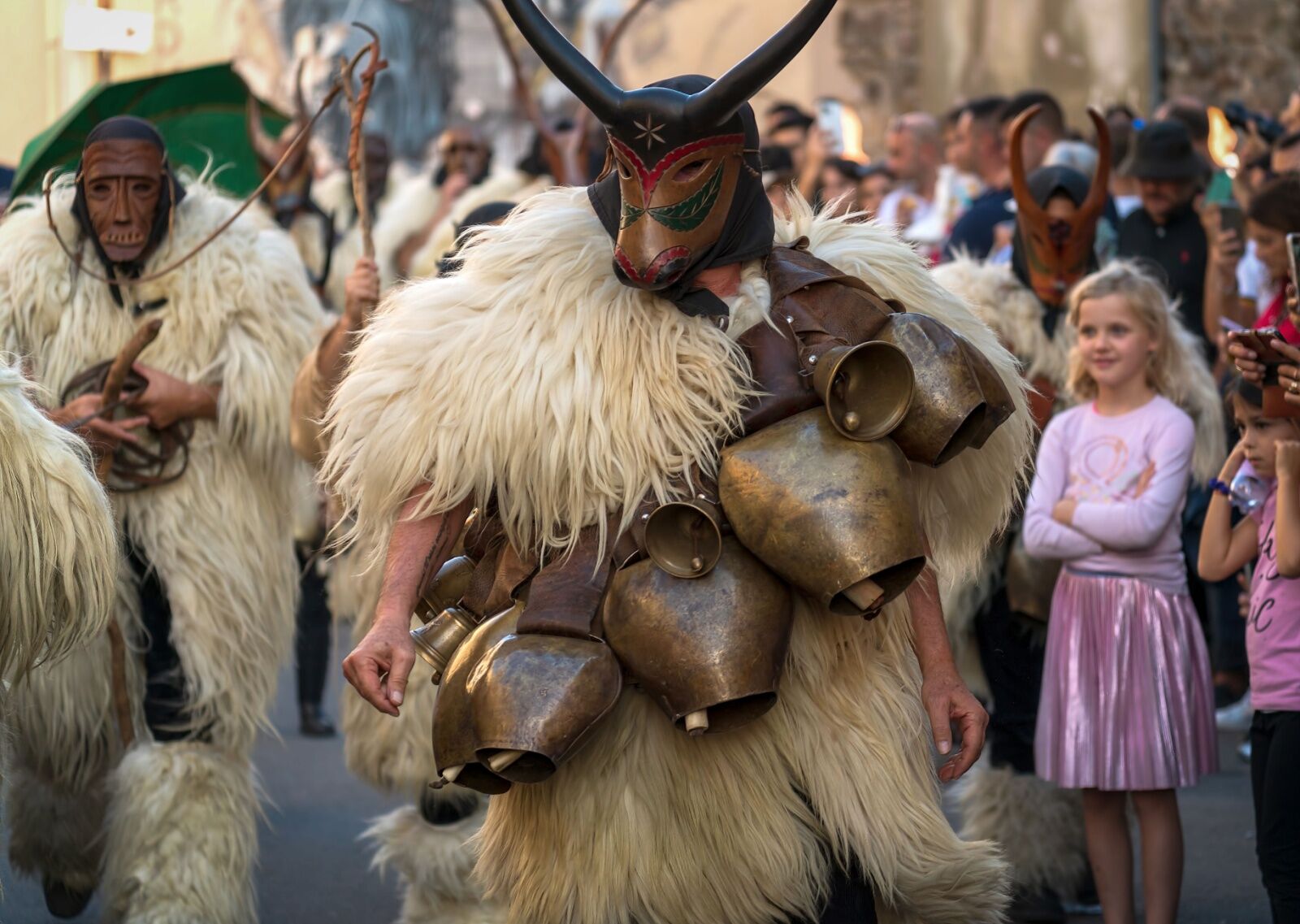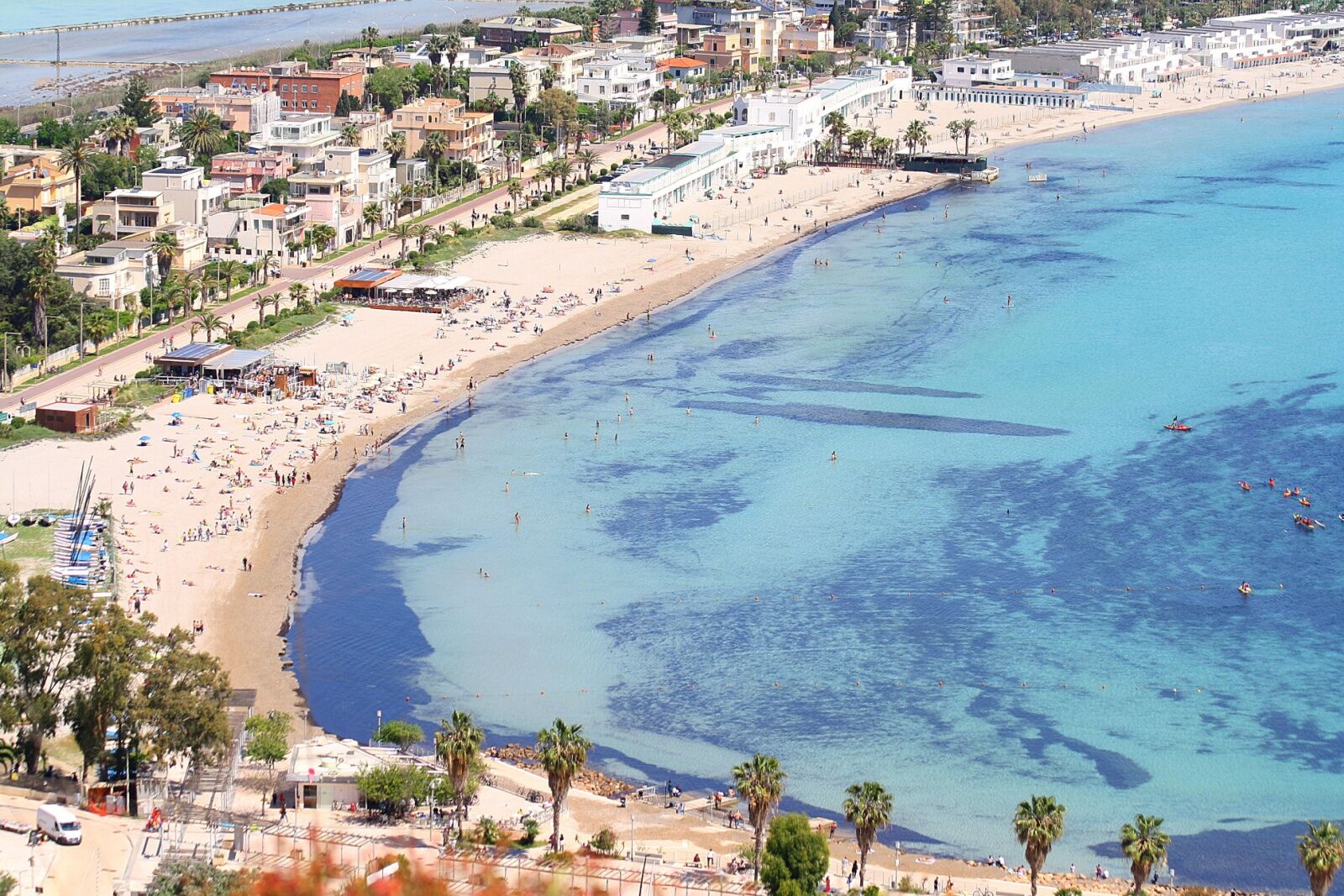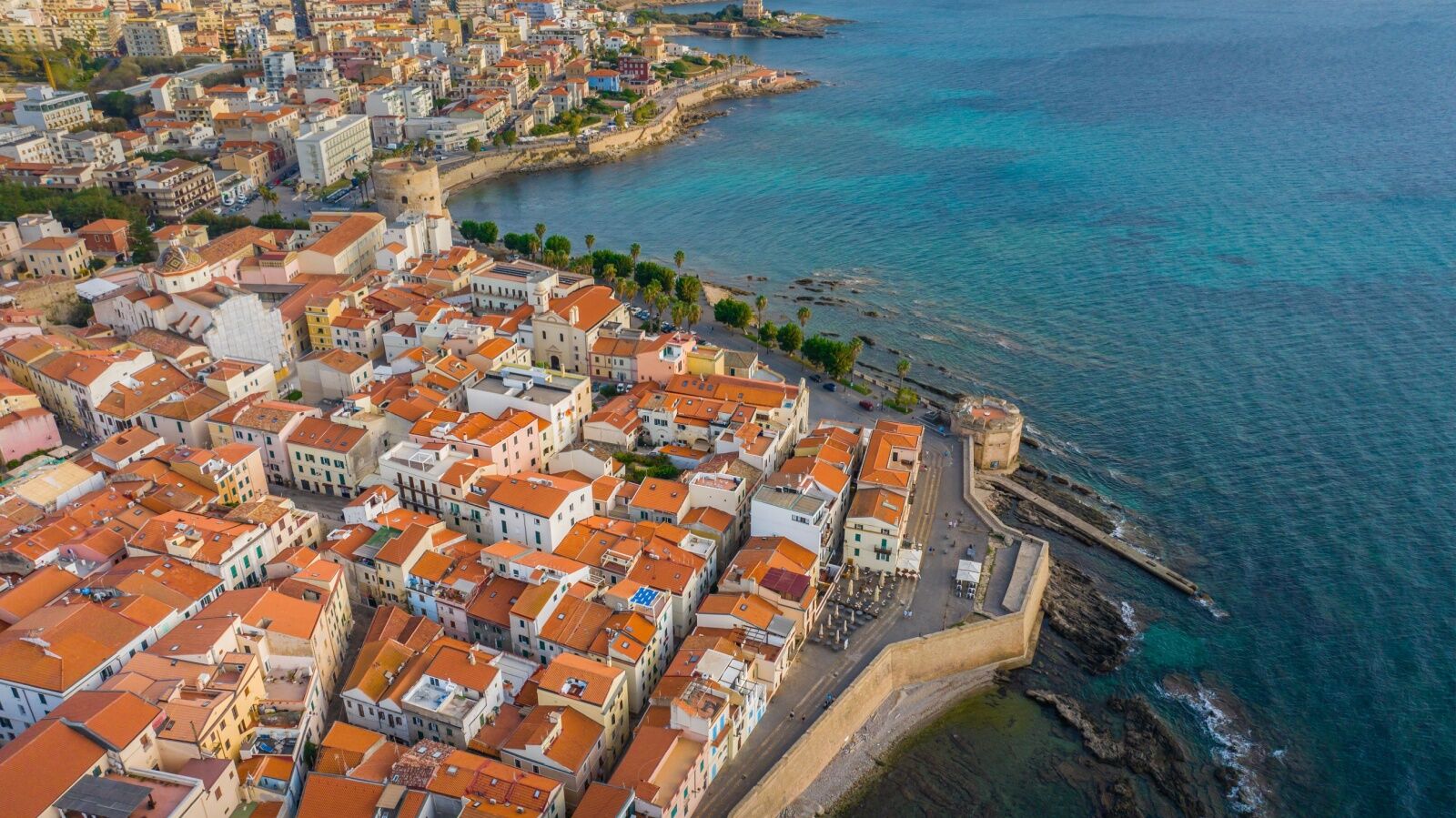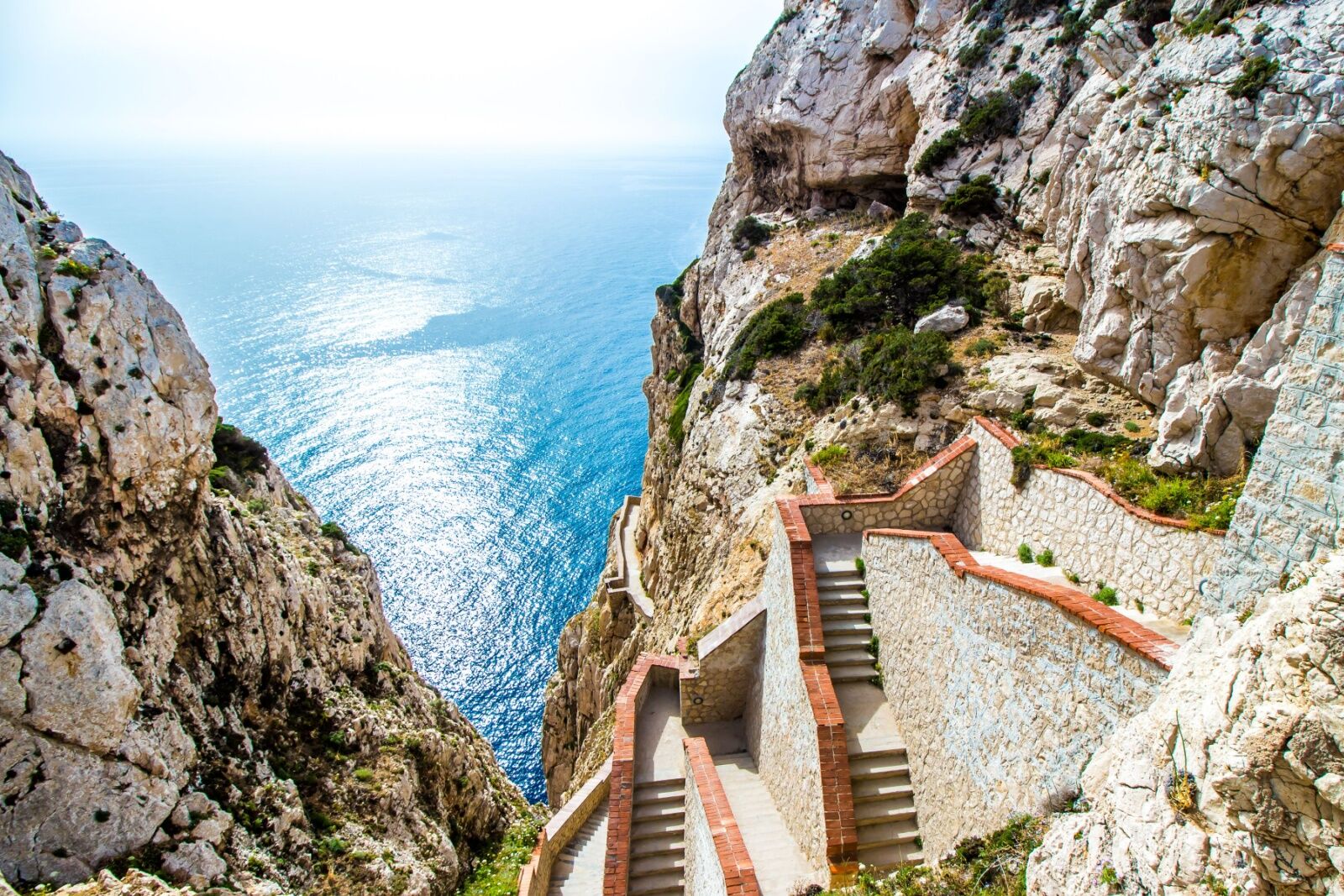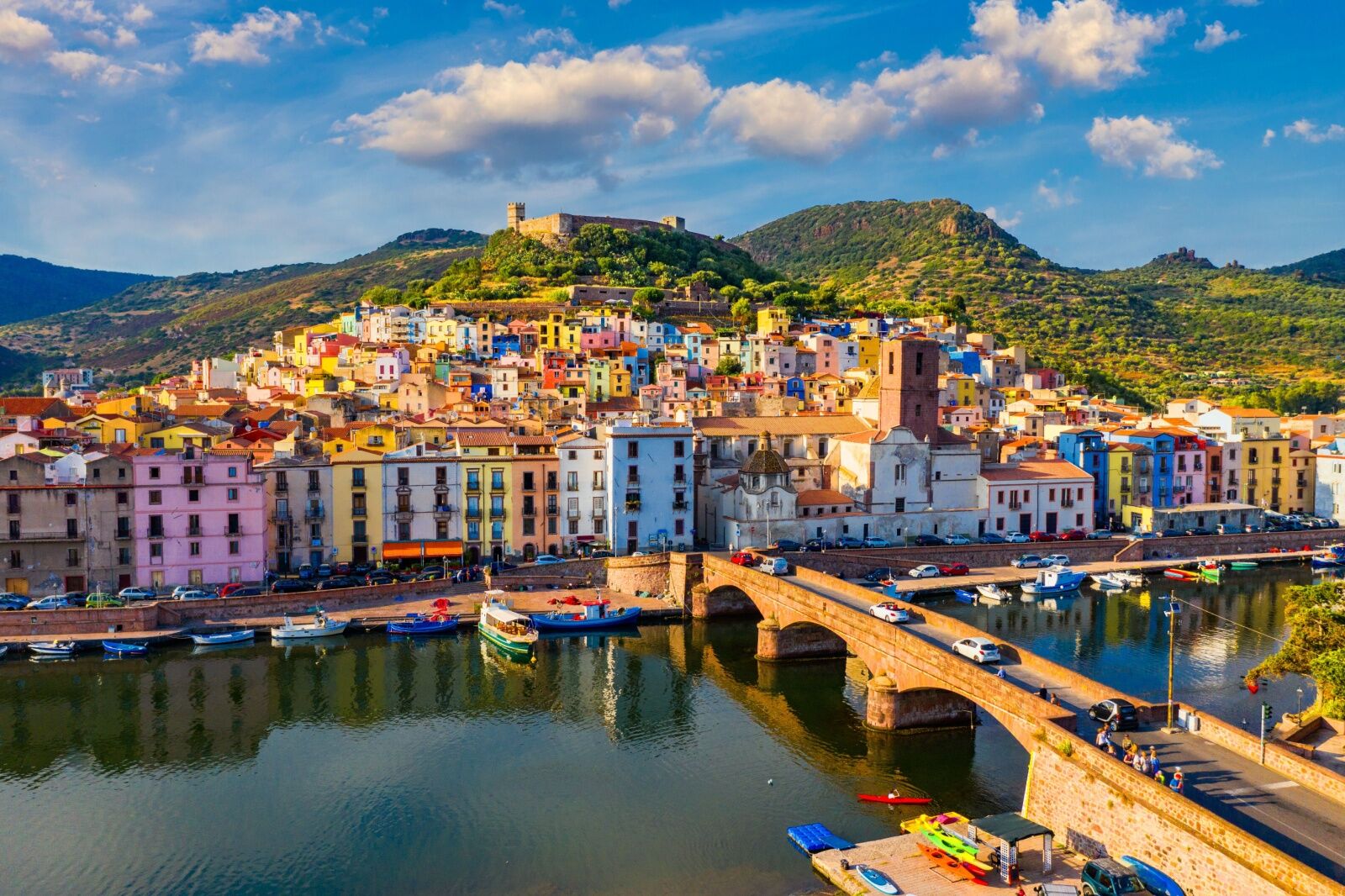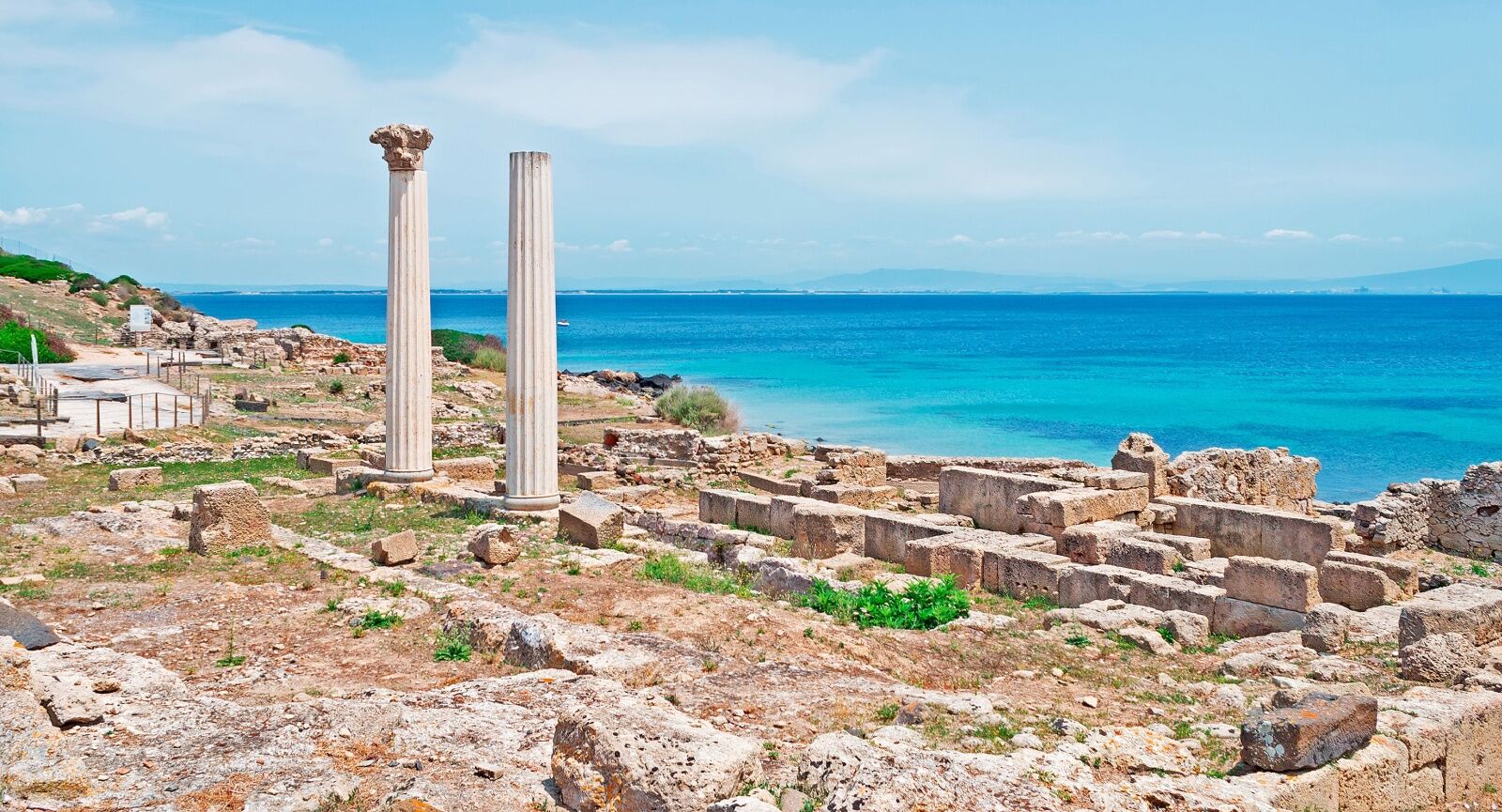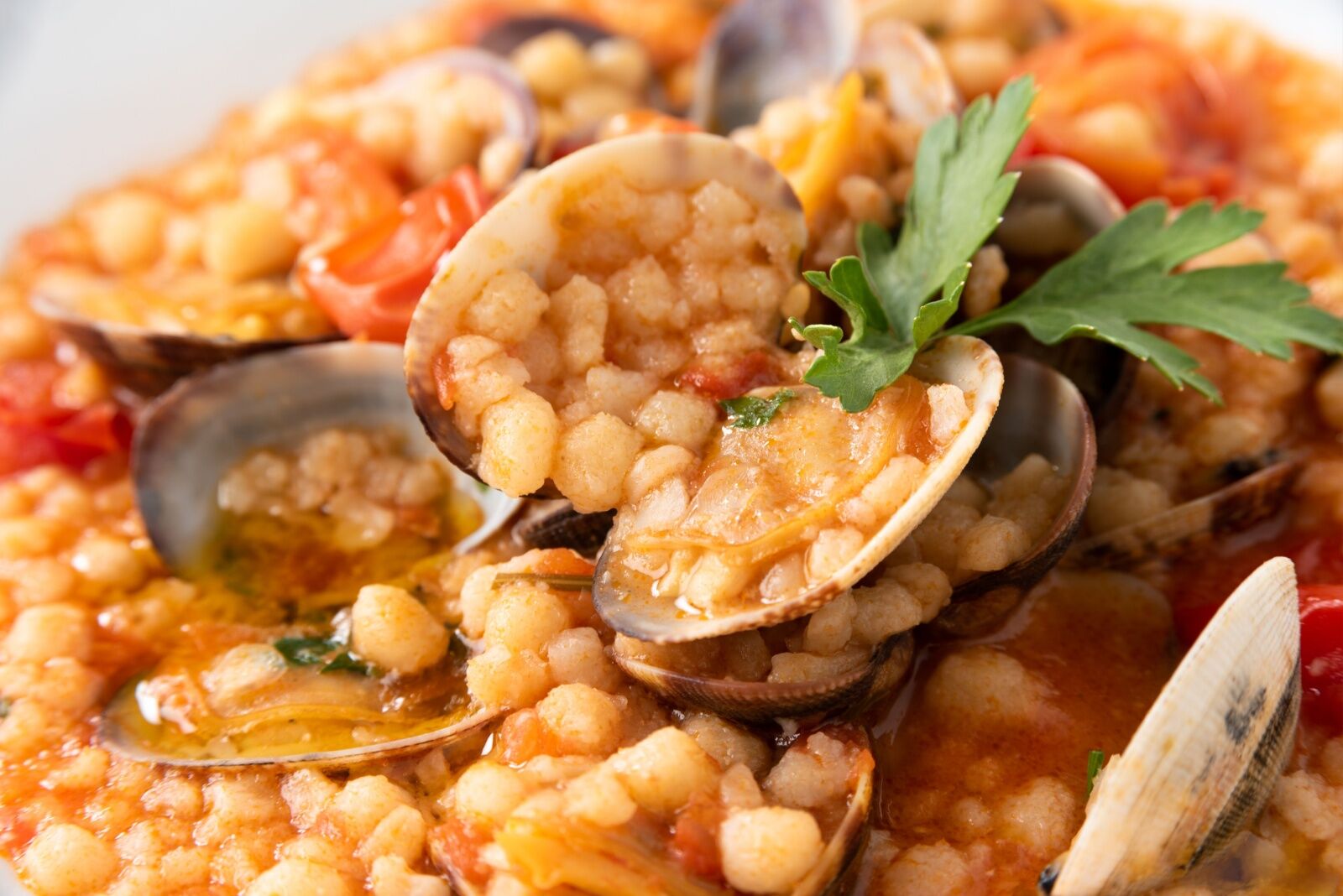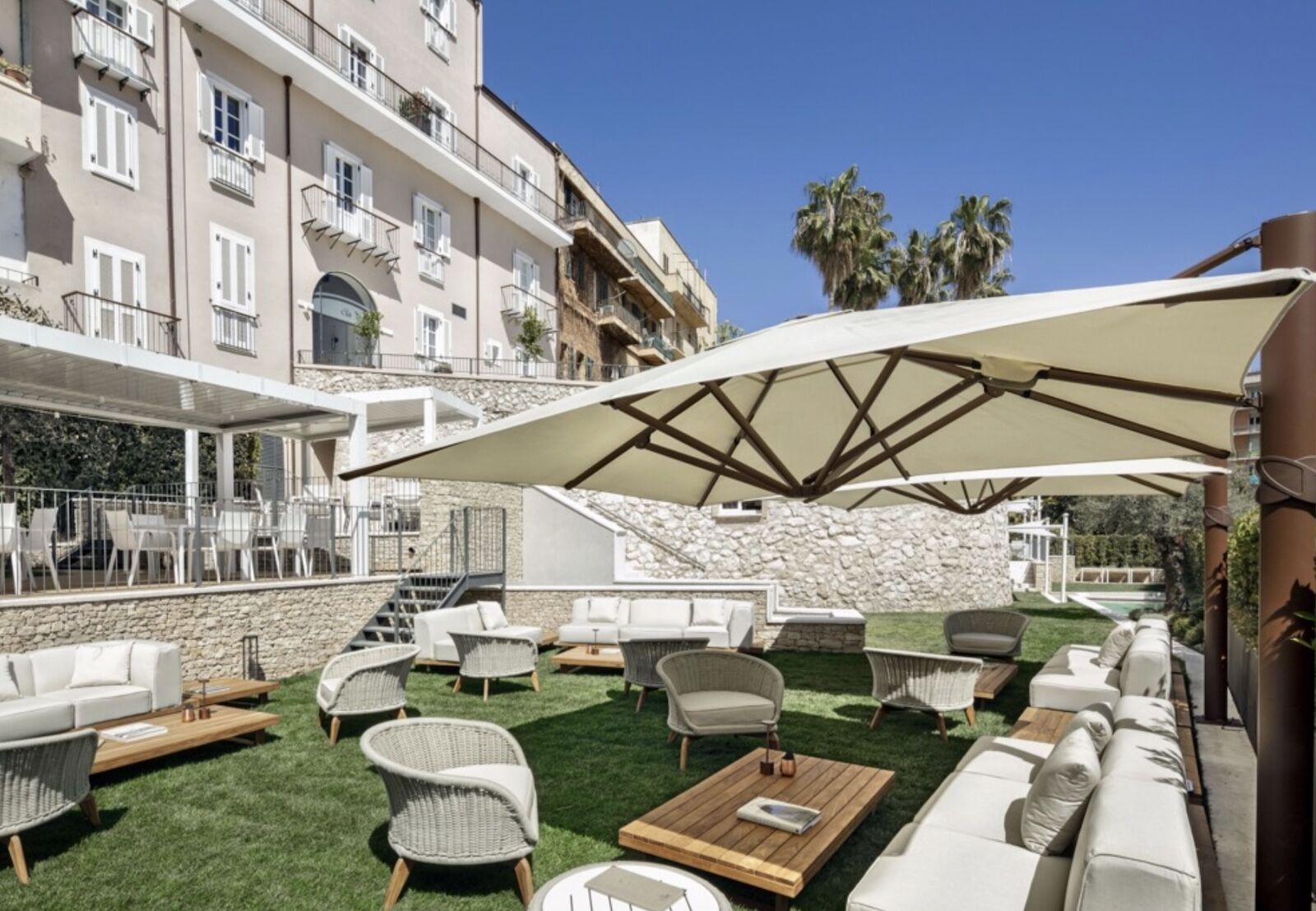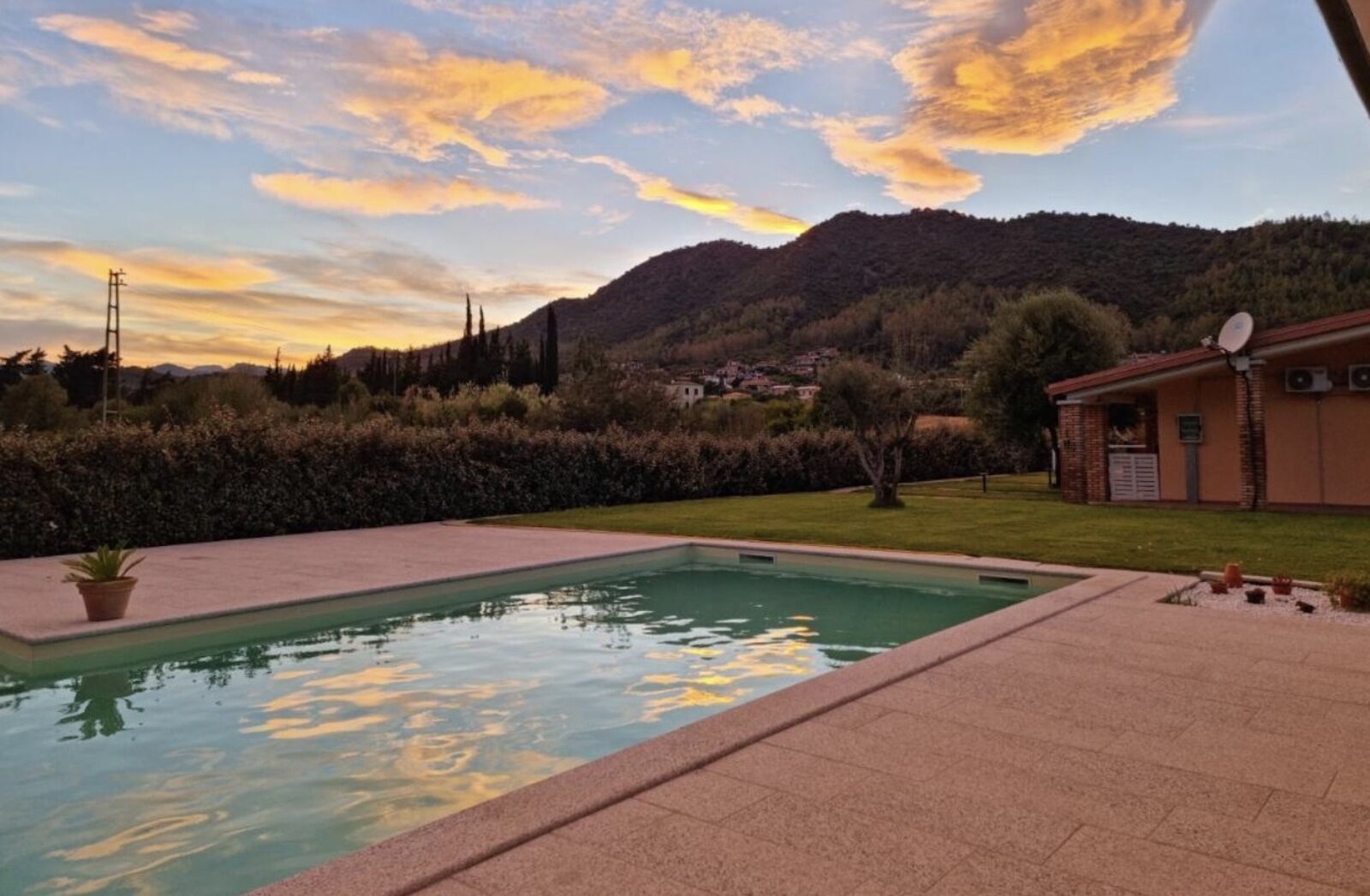For Italians, Sardinia is synonymous with “Costa Smeralda” (Emerald Coast), the summer playground of the rich and famous. But the natural and cultural attractions of the second-largest island in the Mediterranean are available to many travelers, not just the glitterati who gather on their mega-yachts at Porto Cervo every August.
The lifestyle of Sardinia alone is an attraction, since people here live longer, healthier, and better lives than almost anywhere else. Some villages boast almost 10 times as many centenarians (people more than 100 years old) per capita than the US. It could be that the food has something to do with it, but the stunning ocean vistas, strong family ties, and cohesion of the unique community likely all contribute, too.

